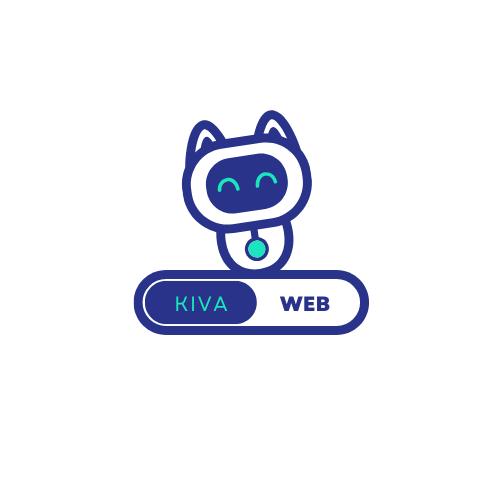In a world where data reigns supreme, leveraging business intelligence alongside artificial intelligence is becoming less of a luxury and more of a necessity. Imagine you’re a detective, and the mountains of data you face are your suspects. Without the right tools, deciphering the clues can feel impossible. Enter business intelligence (BI) and artificial intelligence (AI): the dynamic duo that transforms chaotic numbers into actionable insights. Together, they hold the secrets to boosting efficiency, optimizing decisions, and improving customer experiences, all while you sip your coffee and nod knowingly. So, let’s jump into this revolutionary partnership and discover how it is reshaping the business landscape.
Table of Contents
ToggleUnderstanding Business Intelligence and Artificial Intelligence

Business intelligence encompasses the processes and technologies that convert raw data into meaningful information. It aids organizations in making informed decisions, identifying trends, and optimizing performance. From reporting software to data mining, BI tools allow companies to analyze historical and current data to forecast future trends.
Artificial intelligence, on the other hand, is the simulation of human intelligence in machines. AI empowers systems to perform tasks that normally require human intelligence, such as learning, reasoning, and problem-solving. You could think of it as the brilliant assistant who can sift through vast data at lightning speed, recognizing patterns and making predictions that might take humans days to uncover. Together, BI and AI form a powerful synergy that helps organizations transform data into strategic assets.
The Role of AI in Business Intelligence
AI plays a pivotal role in enhancing business intelligence processes. It streamlines data analysis and enables organizations to make quicker decisions. Imagine a scenario where an AI system recommends the best strategies based on real-time data analytics. Instead of relying solely on pre-set algorithms, AI employs machine learning to continuously improve its recommendations.
Also, AI tools like natural language processing (NLP) allow users to query business intelligence systems in conversational language. This means anyone in the organization can gain insights without needing advanced data analytics skills. In essence, by integrating AI into business intelligence, companies can harness the full potential of their data without drowning in it.
Key Benefits of Integrating AI in Business Intelligence
Integrating AI into business intelligence comes with a plethora of advantages. For starters, speed is a major factor: AI systems can analyze datasets in a fraction of the time it would take humans. This capability leads to faster decision-making, which is crucial in today’s fast-paced marketplace.
Besides, AI enhances accuracy. By identifying patterns that may be undetected by traditional analytics methods, organizations can reduce errors and improve their forecasting capabilities. Also, incorporating AI can optimize resource allocation, as it can direct investments to where they will yield the highest returns.
Then there’s the personalization factor. AI allows companies to tailor their offerings based on detailed customer insights, eventually leading to improved customer satisfaction and loyalty. This way, businesses don’t just meet customer expectations, they exceed them.
Real-World Applications of AI in Business Intelligence
The applications of AI in business intelligence are anything but theoretical: they are very much a reality. Consider retail: companies like Amazon use AI-driven analytics for inventory management and customer recommendations. By analyzing buying patterns, they can forecast demand and optimize stock levels more efficiently.
In the financial sector, firms like JPMorgan Chase employ AI algorithms to analyze market trends and reduce fraudulent activities. These systems can process vast quantities of data, including market shifts, customer transactions, and even sentiment analysis from news sources, to identify irregularities quickly.
Also, in healthcare, institutions are leveraging AI for data analysis in patient outcomes. By studying historical patient data alongside treatment protocols, hospitals can refine their strategies to improve care quality while managing costs.
Challenges of Implementing AI in Business Intelligence
Even though its many benefits, the integration of AI into business intelligence doesn’t come without its challenges. One significant hurdle is data quality. AI systems rely on high-quality data to function optimally. If organizations do not maintain clean and organized datasets, they risk generating inaccurate analyses.
Another challenge lies in change management. Employees may resist new technologies, fearing job displacement or struggling to adapt to new systems. Organizations must navigate these fears, providing adequate training to ensure smooth transitions.
Besides, concerns about data privacy and ethics surface as organizations handle sensitive information. Companies must ensure compliance with regulations while implementing AI solutions, balancing innovation with responsibility.
Future Trends in Business Intelligence and AI
Looking forward, the future of business intelligence and AI is rife with potential. Expect to see more advanced predictive analytics capabilities, allowing businesses to foresee market shifts and consumer behavior trends before they occur. AI-driven solutions will become increasingly refined, bridging the gap between technical complexity and user-friendliness.
Also, the rise of autonomous systems will transform decision-making processes. Imagine dashboards that not only provide insights but also make recommendations based on evolving data patterns automatically.
As organizations continue to embrace hybrid models of operation, integrating on-premise and cloud capabilities will become essential, providing both flexibility and scalability. This dynamic environment will enable firms to respond rapidly to changes, keeping them ahead of the competition.










